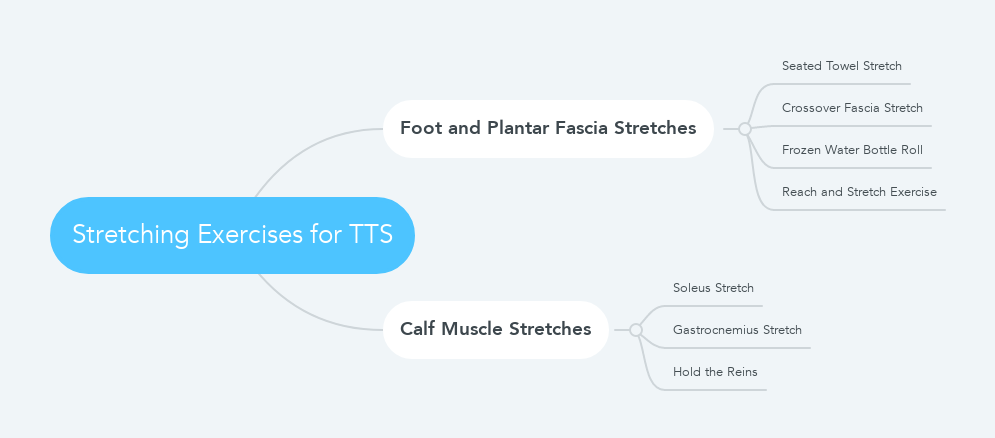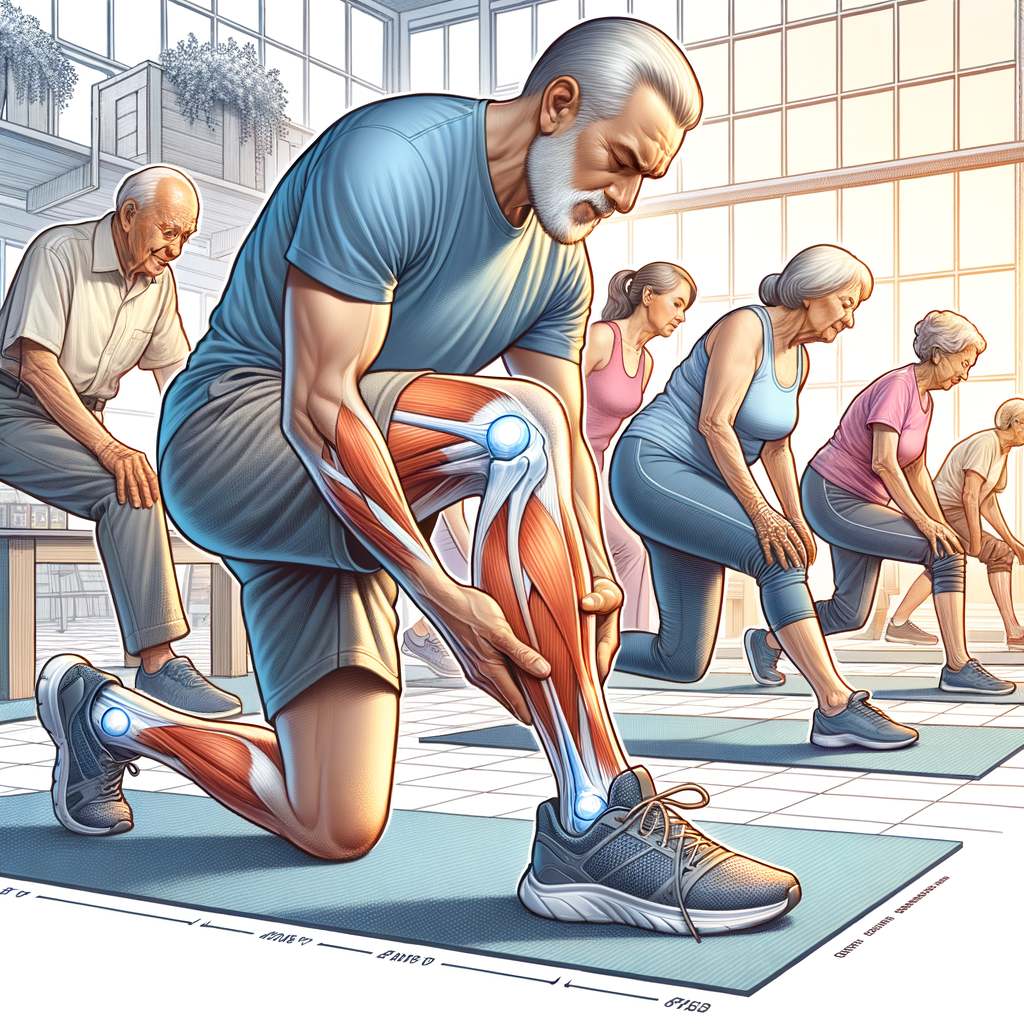Understanding Tarsal Tunnel Syndrome (TTS)
What is Tarsal Tunnel Syndrome?
Tarsal Tunnel Syndrome, or TTS, happens when the tibial nerve gets squeezed. This nerve runs through a spot in your ankle called the tarsal tunnel. When it's under pressure, it can cause trouble for your foot. Imagine feeling a mix of pain, burning, tingling, and numbness on the inside part of your ankle and the bottom of your feet. These are the signs that you might be dealing with TTS. What's more, these uncomfortable feelings tend to get worse when you move around or after you've been active for a while. This is why understanding and managing TTS is crucial, especially if staying active is important to you.
Causes and Risk Factors
Several things can lead to the development of TTS. For starters, how your foot is shaped plays a role. Both flat feet and high arches can cause problems because they change how pressure is distributed across your foot, potentially squeezing that tibial nerve. Injuries to the ankle, as well as other issues like ganglion cysts, bone spurs, and varicose veins near the tarsal tunnel area can also press on the nerve.
Beyond these physical causes, certain health conditions make it more likely for someone to experience TTS. If you have hypothyroidism, diabetes, or arthritis, your risk goes up. These conditions can lead to changes in your body that might increase the chances of nerve compression in the tarsal tunnel.
Understanding these causes and risk factors is key because it helps in identifying why someone might be experiencing this syndrome and guides what steps can be taken next - including specific exercises that may help alleviate symptoms or prevent further issues.
Stretching Exercises for TTS

Foot and Plantar Fascia Stretches
Stretching the foot muscles and the plantar fascia is crucial for those experiencing Tarsal Tunnel Syndrome (TTS). This practice can help alleviate pain by improving flexibility and reducing tension in the affected area.
One effective stretch is the seated towel stretch. Sit with your legs extended, and place a towel around your foot. Gently pull the towel towards you, keeping your knee straight. This stretch targets the foot muscles and plantar fascia, offering relief from TTS symptoms.
Next, try the crossover fascia stretch. While seated, cross one leg over the other and pull your toes back towards you. Use your hand to apply gentle pressure on the crossed foot's bottom. This method helps lengthen the plantar fascia and can be particularly soothing.
The frozen water bottle roll involves rolling a frozen water bottle under your foot for several minutes. This not only stretches but also massages the plantar fascia, providing a cooling relief.
Lastly, there's the reach and stretch exercise. Stand facing a wall with your hands on it, one foot in front of the other. Keep your back heel on the ground and lean forward slightly to stretch your back leg's foot and calf. This exercise extends both the calf muscles and plantar fascia.
Calf Muscle Stretches
Calf muscle flexibility plays a significant role in managing TTS symptoms as well. Tight calf muscles can exacerbate pain by increasing pressure on the tarsal tunnel.
The soleus stretch specifically targets the lower part of the calf muscle. Sit with one leg extended and loop a towel around your foot. Pull gently on both ends of the towel while keeping your knee slightly bent. This stretch can significantly ease discomfort in the lower calf area.
For targeting a different part of the calf muscle, try the gastrocnemius stretch. Stand facing a wall with one foot behind you, keeping both heels on ground and bending your front knee slightly until you feel a stretch in your back leg's upper calf muscle.
Finally, incorporate "hold the reins" into your routine using a towel or band to target both calf and foot muscles simultaneously. Sit with legs extended forward, loop a towel around one foot's ball while holding each end of it in your hands. Gently pull towards yourself while keeping your knee straight to feel an effective stretch through both areas.
Lifestyle Modifications and Additional Therapies

Lifestyle Changes
Dealing with Tarsal Tunnel Syndrome (TTS) isn't just about doing exercises; what you eat is also important. A key part of your diet should include B vitamins, especially B6. This vitamin is important for keeping nerves in good shape, which matters a lot when you have TTS. Foods like bananas, avocados, and chicken are great for getting B6. Adding these to your meals can help your nerves and ease TTS symptoms.
Another thing to watch is your sugar intake. Too much sugar can lead to more inflammation and harm your nerves, making TTS worse. To cut back on sugar, try drinking less sweetened beverages and eating fewer sugary snacks. Choose fruit when you want something sweet. These small steps can make a big difference in handling TTS.
Extra Help
Besides the usual treatments and lifestyle changes, natural remedies can also offer some relief for TTS.
Adding anti-inflammatory herbs like turmeric, ginger, and boswellia to your diet can help. These herbs are known for fighting inflammation, which often causes pain and discomfort in TTS. Using these herbs in your cooking not only makes food tastier but also helps with TTS symptoms.
Massage therapy is another good option. It helps by relaxing muscle tension in the foot and calf areas while boosting blood flow. Regular massages can lessen symptoms by helping you relax and improving circulation.
Lastly, using hot and cold compresses is a simple way to deal with inflammation and pain from TTS. Switching between hot compresses to increase blood flow and cold ones to reduce swelling can really help ease discomfort.









